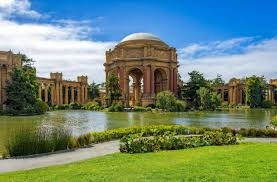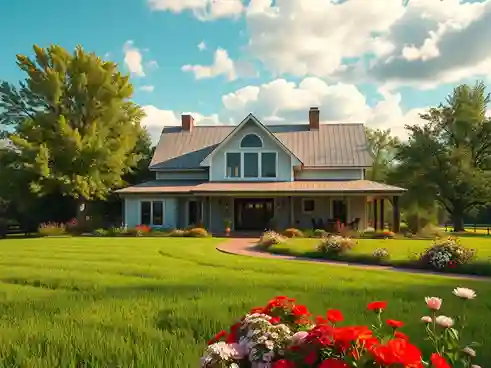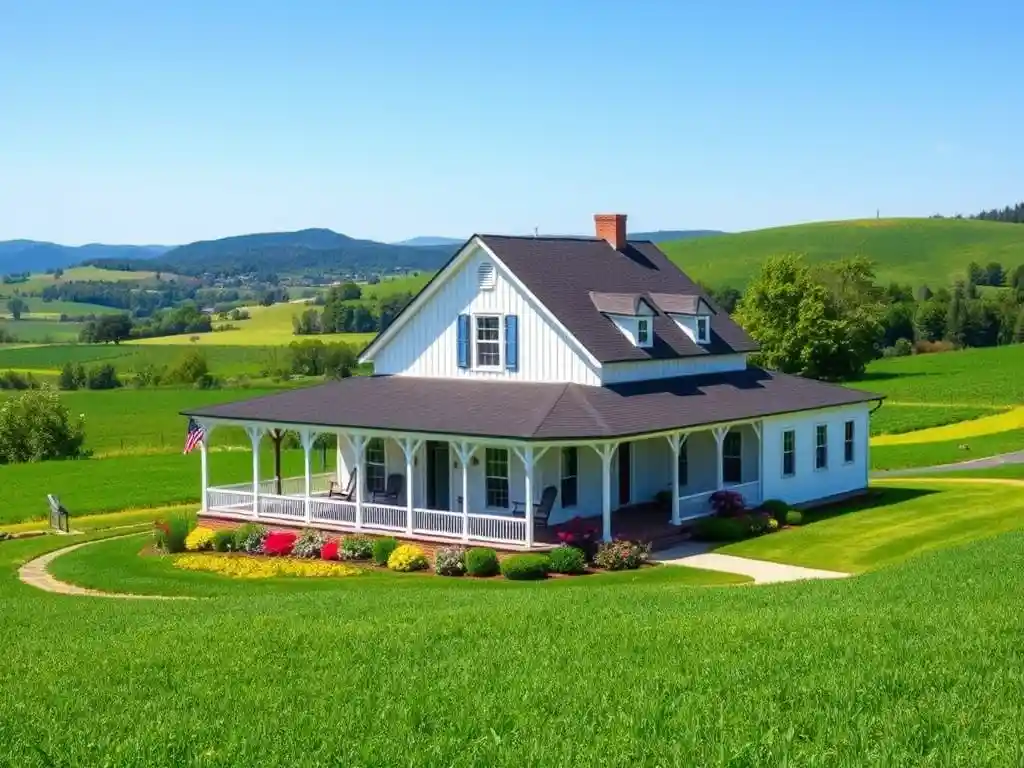Table of Contents:
- Introduction to Palace of Fine Arts
- The Birth of a Landmark – A Brief History
- The Enchanting Architecture – A Vision in Classical Beauty
- The Great Restoration – Breathing Life into a Masterpiece
- A Haven for Photographers – A Visual Paradise
- The Landscape & Surroundings – A Place of Serenity
- The Palace of Fine Arts Theatre – A Cultural Gem
- Fun & Leisure – Play Areas and Public Spaces
- Hidden Features and Lesser-Known Facts
- The Palace Today – Events, Weddings, and Community Gatherings
- Practical Tips for Visitors
- Frequently Asked Questions (FAQs)
1. Introduction: A Glimpse into Grandeur
The Palace of Fine Arts is one of San Francisco’s most adventurous milestones. Positioned in the Marina District, it attitudes as a royal vestige of the 1915 Panama-Pacific International Exposition. More than just an architectural miracle, it’s a home of tranquility, inspiration, and cultural importance.
Why Visit the Palace of Fine Arts?
Magnificent Neoclassical Architecture
Ideal for Shooting and Easing
a Center for Art and Cultural Events
Enclosed by a Lavish Landscape
Ideal for Events, Walks, and Play Areas
2. The Birth of a Landmark – A Brief History
The Palace of Fine Arts was planned by Bernard Maybeck, an architect motivated by ancient Roman and Greek structures. It was constructed as a temporary structure for the 1915 Panama-Pacific Exposition, a world exhibition opened to revel the rebirth of San Francisco after the 1906 earthquake.
Did You Know?
The Palace was meant to be destroyed after the exposition.
Due to public demand, it was reconstructed in the 1960s using enduring materials.
Today, it contributes as one of the last residual unique exposition structures.
3. The Enchanting Architecture – A Vision in Classical Beauty
The Palace of Fine Arts is a masterwork of classical architecture, induced by:
Roman & Greek Revival Enterprise Designs
European Resurgence Elements
Histrionic Columns & Ornate Sculptures
Key Architectural Highlights:
The Rotunda – The grand round structure with its eminent dome, donating a mesmerizing sight.
The Lagoon – A man-made lake reproducing the palace, increasing its dreamy aesthetic.
The Colonnades – Rows of majestic Corinthian columns adjoining the lake.
The Statues – Monuments depicting philosophy, contemplation, and wonder.
4. The Great Restoration – Breathing Life into a Masterpiece
By the 1950s, the original plaster structures had deteriorated. Thanks to public efforts and capital, the Palace was reconstructed using concrete and steel in the 1960s.
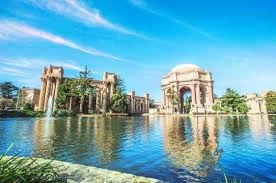
Modern-Day Restoration Efforts:
Earthquake-Proofing the Palace – Reinforcements provided for safety.
Lighting Enhancements – LED fittings for better nighttime aesthetics.
Preserving Sculptures – Scrubbing and refurbishing old carvings.
5. A Haven for Photographers – A Visual Paradise
The Palace of Fine Arts is a favorite point for photographers due to:
Golden Hour Magic – The palace glows at sunrise and sunset.
Reflections in the Lagoon – The mirror-like water enhances every shot.
Dramatic Columns and Light Play – The grand structure offers endless angles.
Pro Tip: Visit early in the morning for fewer crowds and the best shots!
6. The Landscape & Surroundings – A Place of Serenity
Beyond the stunning architecture, the landscaped gardens and lush greenery make it an Ideal place for soothing.
Features of the Surroundings:
Well-Maintained Lawns – Ideal for picnics and soothing.
Peaceful Walking Paths – A great point for a leisurely stroll.
Wildlife Around the Lagoon – Ducks, swans, and turtles can be pointed.
7. The Palace of Fine Arts Theatre – A Cultural Gem
Inside the Palace is a 400-seat theatre that hosts:
Live Performances – Dance, music, and drama.
Film Screenings – Premieres and cultural films.
Public Talks & Lectures – Engaging discussions on arts and culture.
8. Fun & Leisure – Play Areas and Public Spaces
The Palace isn’t just about beauty—it’s also a place for play and enjoyment!
Features for Kids and Families:
Open spaces for running and playing
Nearby Marina Green Park with playgrounds
Family-friendly atmosphere with benches and picnic points
9. Hidden Features and Lesser-Known Facts
Secret Murals – Inside the theatre, there are murals hidden from public view.
Whispering Columns Effect – Try whispering near the columns and experience the unique echo effect.
The Palace Almost Became a Military Storage Site – It was briefly used as a warehouse!
10. The Palace Today – Events, Weddings, and Community Gatherings
Wedding Photography & Proposals – A dreamy setting for couples. Art Shows & Exhibitions – Local artists showcase their talent.
Public Events & Gatherings – A popular venue for celebrations.
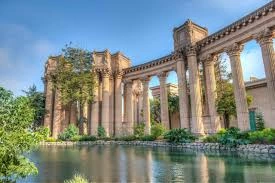
11. Practical Tips for Visitors
📍 Location: 3601 Lyon St, San Francisco, CA
🕒 Opening Hours: Open daily (5 AM – Midnight)
🎟️ Admission: Free to explore the exterior, theatre tickets vary.
🚗 Parking: Street parking available but limited.
12. Frequently Asked Questions (FAQs)
Q1. Is the Palace of Fine Arts free to visit?
Yes! The exterior and surrounding park are completely free. However, events in the theatre may require tickets.
Q2. What is the best time to visit?
Early mornings and sunset hours offer the best lighting and fewer crowds.
Q3. Can I bring my dog?
Yes! Dogs are allowed on a leash in the outdoor areas.
Q4. Is there a café or restaurant nearby?
Yes! Chestnut Street, a short walk away, has great cafes and dining options.
Q5. How long should I plan to stay?
A visit typically lasts 1-2 hours, but photographers and nature lovers may stay longer.
Conclusion: A Must-See Landmark in San Francisco
The Palace of Fine Arts is more than just a headstone—it’s a place of history, culture, and loveliness. Whether you’re a photographer, history buff, or a casual traveler, this site promises an unforgettable experience.
Don’t miss this architectural gem on your next trip to San Francisco!






